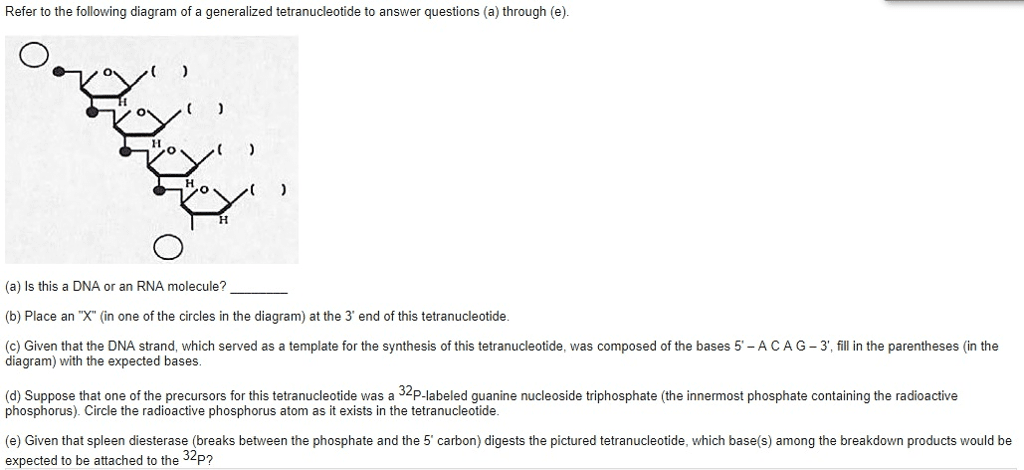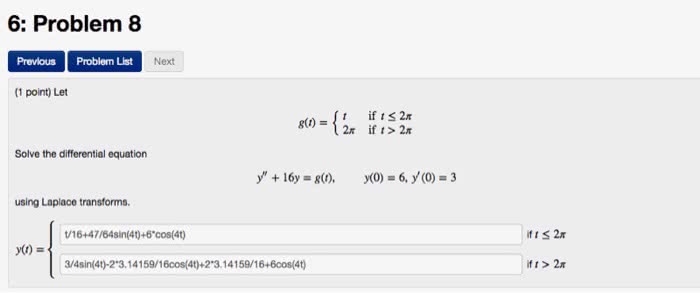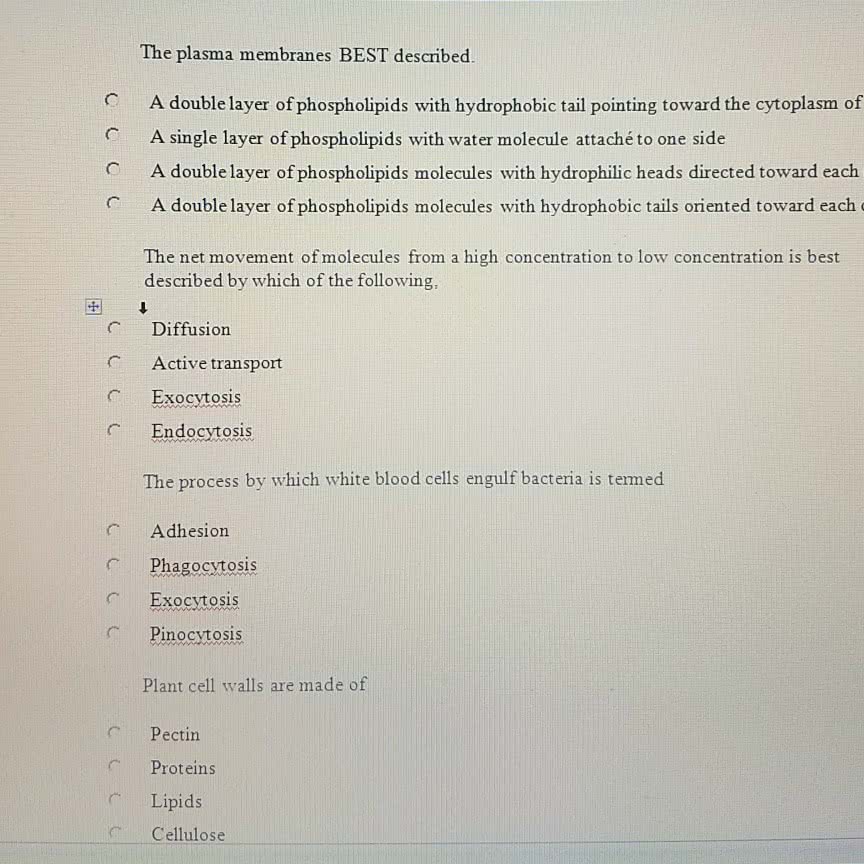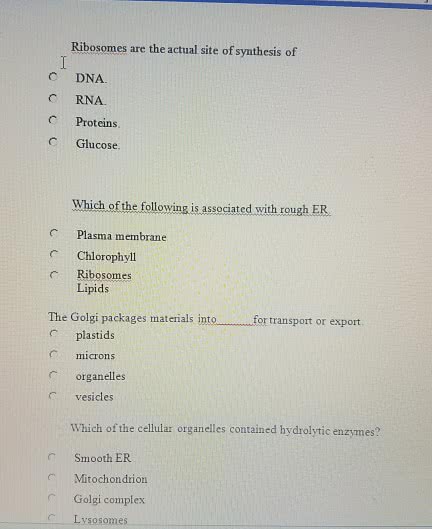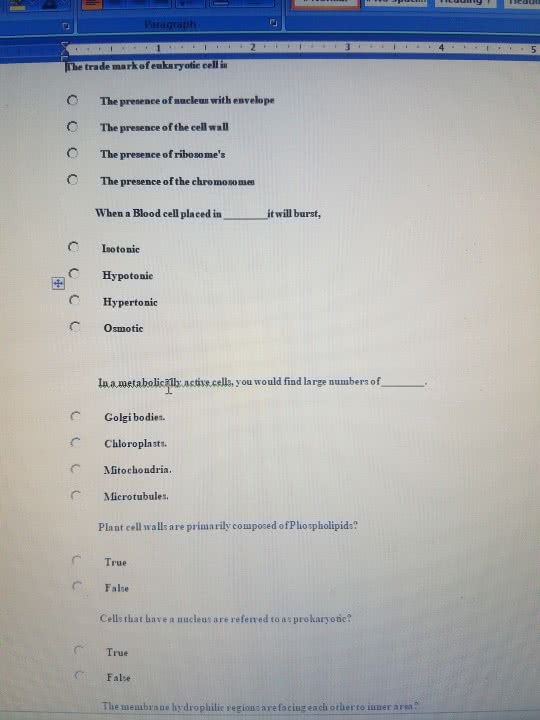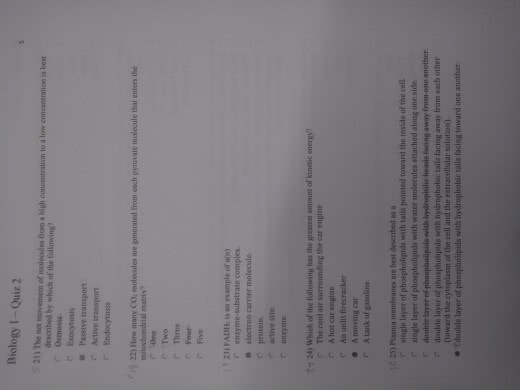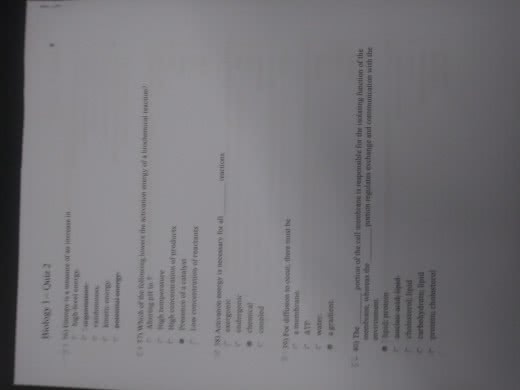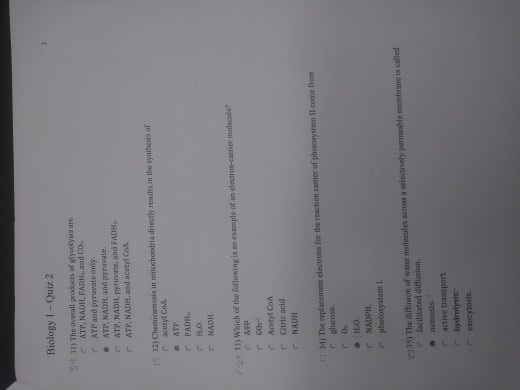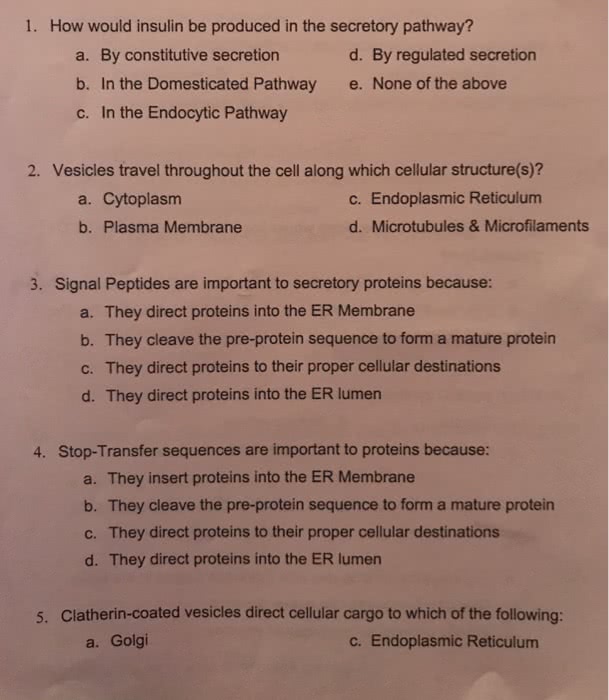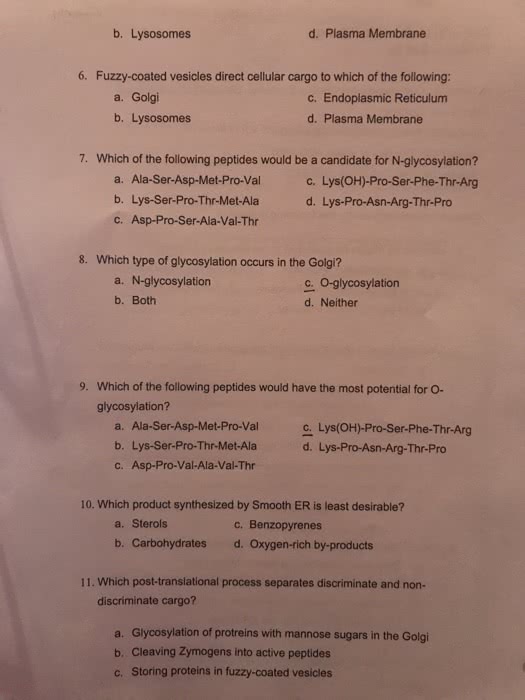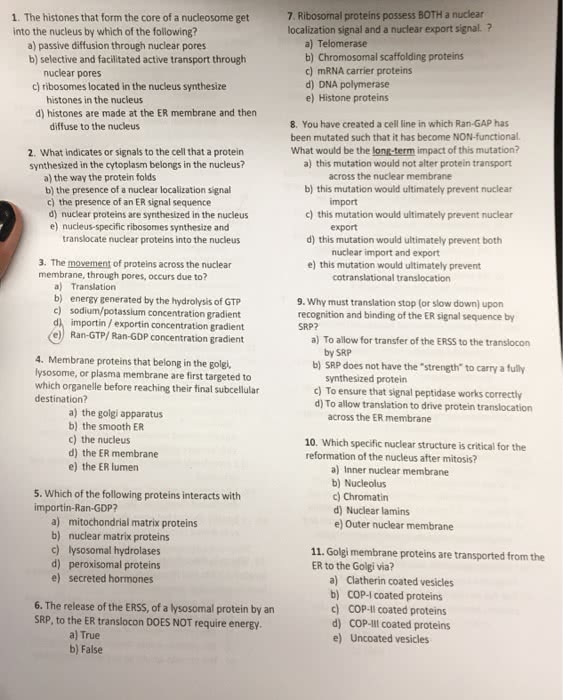mohammadkabir976
Mohammad Kabir
9 Followers
6 Following
1 Helped
I want to be a business man
18 Oct 2023
Answer: gop
18 Oct 2023
Answer: 5
18 Oct 2023
Answer: b
18 Oct 2023
Answer: 22
18 Oct 2023
Answer: 2
18 Oct 2023
Answer: d
11 Oct 2022
Answer: B
11 Oct 2022
Answer: O
11 Oct 2022
Answer: It’s hard
11 Oct 2022
Answer: B
11 Oct 2022
Answer: B
11 Oct 2022
Answer:B
10 Oct 2022
Answer:B
10 Oct 2022
Answer:B
10 Oct 2022
Answer:B
10 Oct 2022
Answer: A
10 Oct 2022
Answer: C
10 Oct 2022
Answer: A
10 Oct 2022
Answer: C
10 Oct 2022
Answer: All above
10 Oct 2022
Answer: CA double layer of phospholipids molecules with hydrophilic heads
10 Oct 2022
Answer: C
10 Oct 2022
Answer: B
10 Oct 2022
Answer: B
10 Oct 2022
Answer: C
10 Oct 2022
Answer: Active transport
10 Oct 2022
Answer: B
10 Oct 2022
Answer: B
10 Oct 2022
Answer: B
10 Oct 2022
Answer: B
10 Oct 2022
Answer: C
10 Oct 2022
Answer: B
10 Oct 2022
Answer: B
10 Oct 2022
Answer: C
10 Oct 2022
Answer: B
10 Oct 2022
Answer: C
10 Oct 2022
Answer: C
10 Oct 2022
Answer: B
10 Oct 2022
Answer: B
10 Oct 2022
Answer: C
